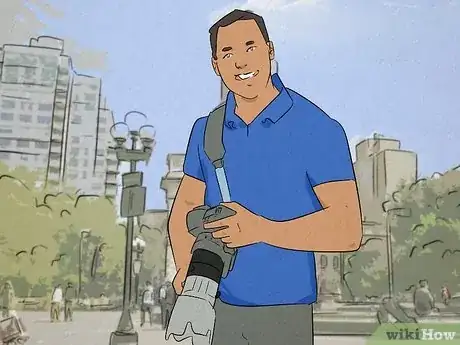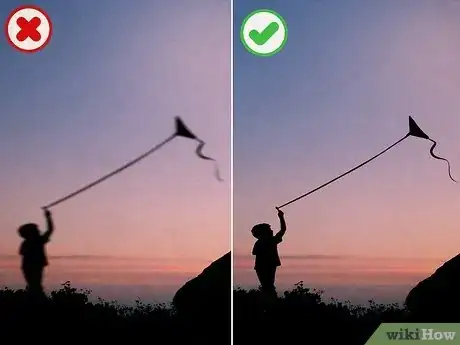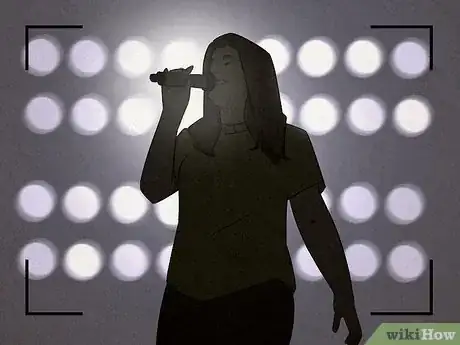This article was co-authored by wikiHow staff writer, Johnathan Fuentes. Johnathan Fuentes is a writer based in the New York City region. His interests as a writer include space exploration, science education, immigration, Latinx cultures, LGBTQ+ issues, and long-form journalism. He is also an avid hiker and has backpacked in Alaska and Newfoundland, Canada. A son of Cuban immigrants, he is bilingual in English and Spanish. Prior to joining wikiHow, he worked in academic publishing and was a freelance writer for science websites. He graduated from Columbia University in 2021, where he studied nonfiction writing and wrote for the student newspaper. He is currently counting down the seconds until the release of Kerbal Space Program 2 in 2023—a game that will almost certainly take up what little free time he has.
There are 8 references cited in this article, which can be found at the bottom of the page.
This article has been viewed 1,025 times.
Learn more...
Silhouette photographs can be beautiful works of art. The concept behind them is surprisingly simple: take an everyday subject, like a tree, person, or animal, and photograph it in front of a light source so that it appears as a shadow. Applying this technique to flowers in a windowsill or a person running in front of a sunset turns a familiar scene into something mesmerizing. Ever wanted to try it for yourself? You should! This guide will teach you the basics of taking silhouette photos, from picking the right things to photograph to getting the best performance from your camera—whether it’s a smartphone or DSLR.
Things You Should Know
- Start with a camera you’re familiar with, like a smartphone. You can also use a DSLR if you have access to one.
- Choose an interesting subject and photograph it in front of a light source, like a sunset, spotlight, or backlit window.
- Set your camera to “manual” mode so that your subject looks dark in front of a bright background. Post-processing can make your silhouettes look even better.
- Experiment with different subjects, camera angles, background scenery, moving vs. still objects, and indoor vs. outdoor spaces.
Steps
References
- ↑ https://www.nikonusa.com/en/learn-and-explore/a/tips-and-techniques/how-to-shoot-a-silhouette.html
- ↑ https://www.nikonusa.com/en/learn-and-explore/a/tips-and-techniques/how-to-shoot-a-silhouette.html
- ↑ https://iphonephotographyschool.com/creating-silhouettes/
- ↑ https://youtu.be/DJuQ5Fc7TG0?t=97
- ↑ https://www.androidauthority.com/google-pixel-manual-camera-mode-3107269/
- ↑ https://photographyconcentrate.com/how-to-take-silhouette-photos/
- ↑ https://photographyconcentrate.com/how-to-take-silhouette-photos/
- ↑ https://photographyconcentrate.com/how-to-take-silhouette-photos/
- ↑ https://www.collinsdictionary.com/us/dictionary/english/colour-contrast




















































